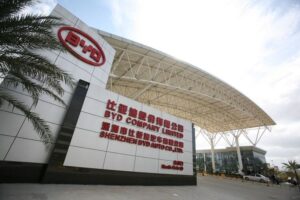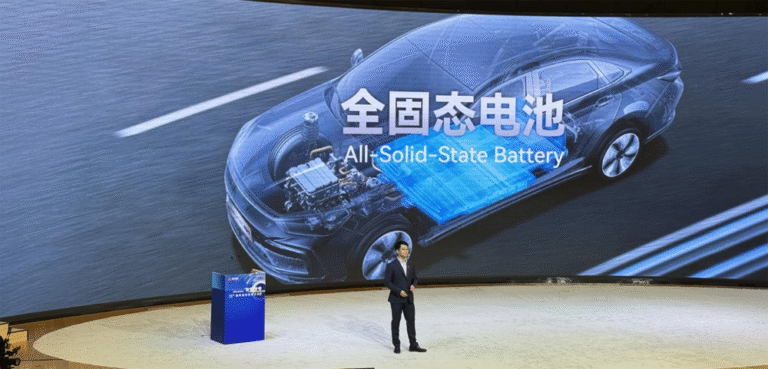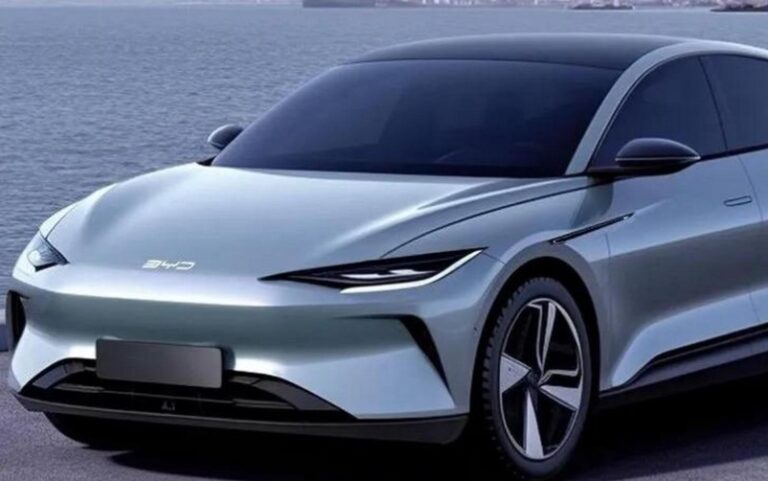BYD Company Limited Detailed Research Report ,Manufacturing Overview (Factories and Capacity)2

■ Technology and Equipment at Factories: BYD’s factories, especially for batteries, are equipped with advanced technology, much of which is developed in-house. The high level of automation and precision in BYD’s battery production has been noted earlier (cleanrooms, proprietary lamination tech, etc.).
BYD takes an “Industry 4.0” approach with extensive use of robotics and quality control systems. For example, optical inspection machines and AI-driven monitoring are used to detect any defects in cells.
BYD also emphasizes vertical integration in manufacturing equipment – by building its own machinery, it reduces reliance on external suppliers and protects its process IP. This gives BYD agility in scaling production and customizing equipment for new battery designs (like transitioning its lines for Blade Batteries). The heavy R&D investment (RMB 54.2 billion in 2024) includes not just product development but also process innovation.
The result is that BYD’s production lines are often state-of-the-art, enabling high yield and consistent performance. An example of this is the tight thickness tolerances and fast stacking speed for electrodes achieved at the Chongqing plant as mentioned – a capability that arguably rivals leading Japanese and Korean battery manufacturers. BYD’s continuous improvements in manufacturing are essential for cost reduction as well; every efficiency gain translates to cheaper battery packs, reinforcing its cost leadership.
■ Future Expansion Plans: To meet exploding demand for EV batteries, BYD plans to continue expanding its manufacturing capacity.
In China, many of the aforementioned sites are being expanded or newly built (e.g., second phases in Chongqing and Xi’an). New sites under consideration (as rumored in Chinese media) include locations like Nanchang (Jiangxi) and Zhengzhou (Henan), indicating BYD’s intent to further broaden its production base.
The company’s goal is likely to keep domestic capacity ahead of its vehicle production curve and also to support potential supply deals with other automakers. Internationally, BYD’s near-term focus is on successfully launching the Hungary and Turkey plants and possibly adding another in Europe if sales dictate.
BYD executives have hinted at evaluating production in regions like Southeast Asia (beyond Thailand) and Latin America where EV-adoption is growing and trade conditions are favorable.
By some industry estimates, BYD may target a total battery production capacity on the order of 400–500 GWh by the mid-2020s, aligning with its vehicle sales ambitions. Its main domestic rival CATL had announced even larger targets, so BYD will likely expand swiftly to not lose ground. Importantly, BYD’s expansions are backed by its strong operating cash flows and financing (like the 2024 equity raise), so the company has the capital required to build gigafactories at scale. In summary, BYD’s manufacturing footprint is large and growing, strategically distributed, and technologically advanced – providing a solid backbone for its NEV empire.







